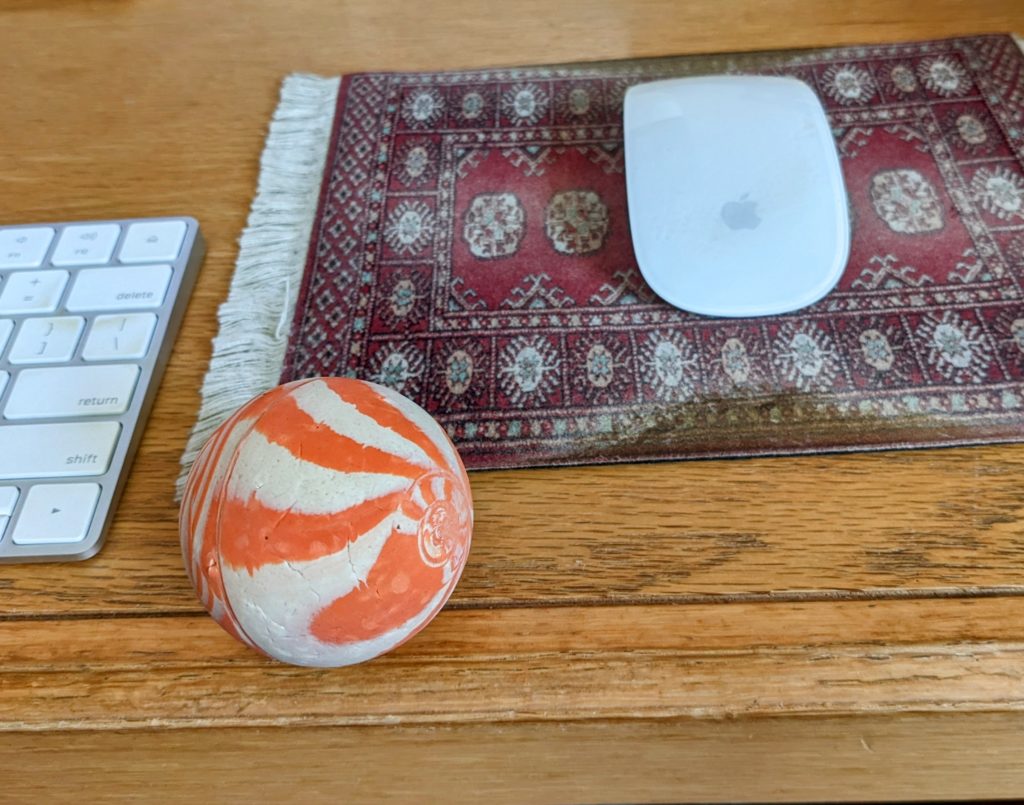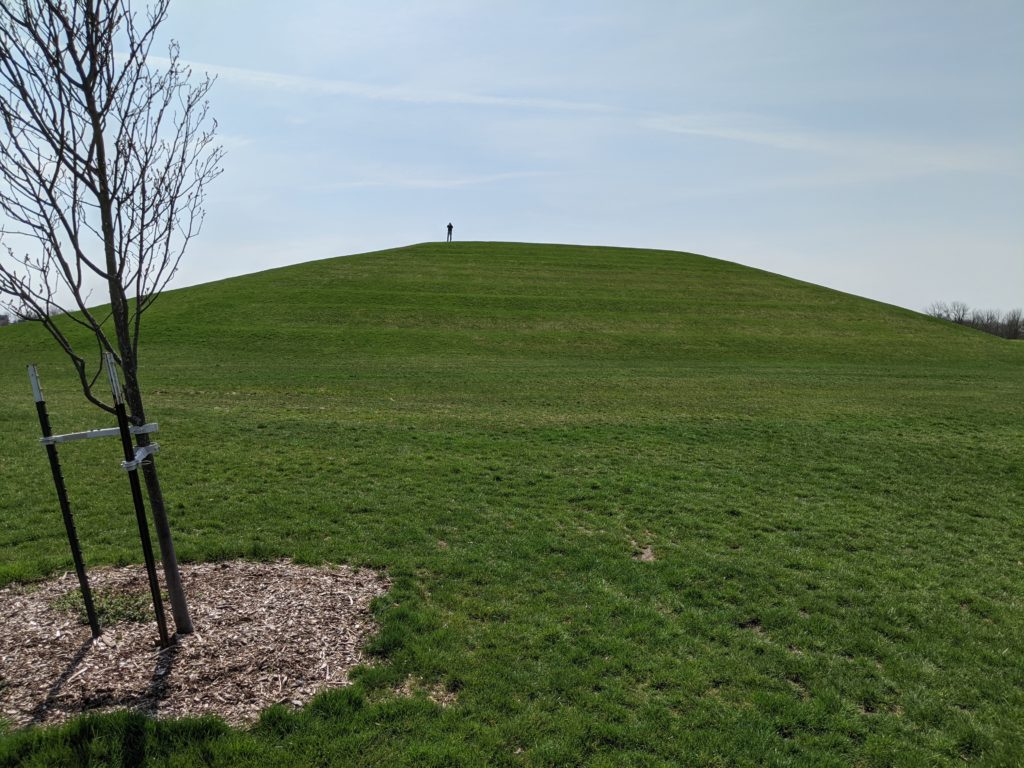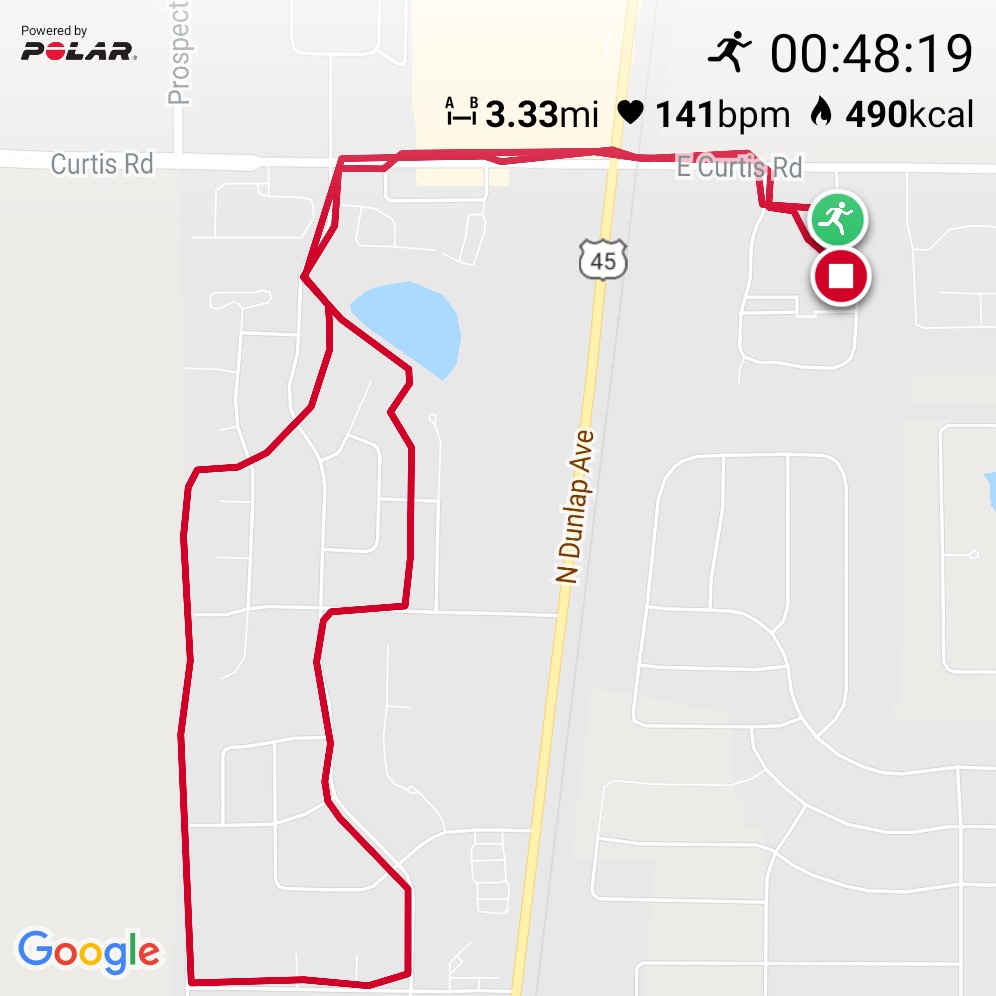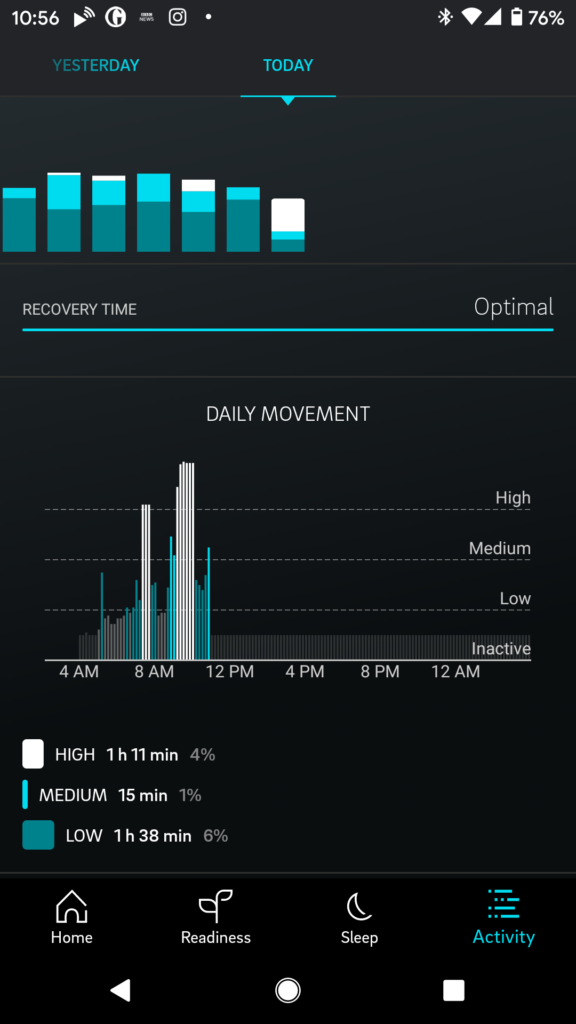I’ve had a slightly sore foot for a while now.
It hasn’t been a big deal. It doesn’t hurt when I run. It doesn’t hurt when I walk (except sometimes when I walk really fast). It doesn’t hurt when I stand, or when I’m just sitting.
Mostly it hurts when I use my foot as a brace to turn or twist, such as when I brace the side of my foot against the mattress to turn over in bed. Sometimes it hurts when I’m standing on my other foot, and touch just the toe of the sore one down to catch my balance.
It sometimes hurts for the first few minutes right after I get up in the morning, kind of like plantar fasciitis, but a different part of my foot: the medial edge, just posterior to the ball of the foot.
Even then, it doesn’t hurt much.
However, it has been persistently hurting occasionally, just a little, for a long time now. Months.
I had been doing basic, conservative care. I was wearing supportive shoes, avoiding things that hurt it as best I could, and figuring it would eventually get better. But it hasn’t.
So, a couple days ago, I decided to step it up a notch: I decided to treat it with a placebo. (The effectiveness of placebos is well-established. They’re effective even when people know that the treatment is a placebo.)
My initial plan had been to add in some sort of cream or ointment. I thought of something like Aspercreme, but it doesn’t hurt enough to justify the use of even a mild analgesic, so I thought I’d get something like Bengay or IcyHot: just some sort of counter-irritant that would make it clear that I was “doing something” to treat my foot. Then I saw Walter Jon Williams’s recent post on Tiger Balm, and knew that I’d found the right stuff.
Jackie discovered Tiger Balm several decades ago, during her travels in Asia, and it has long been a staple item in our medicine cabinet, but we’d let ourselves run out in the run-up to our several moves, so we didn’t have any. Fortunately, the closest store to our townhouse is a CVS, and they had two varieties of Tiger Balm in stock. They seemed almost identical (a one-percentage point difference in menthol), but the one they were marketing as their “ultra strength” “sports rub” was $1 cheaper, so we got that one.
I’ve been using it for two days now, and I’m imaging that my foot is feeling better.
Perhaps because I’m finally doing something about my foot, I also remembered something else. For years now I’ve been wearing a pair of slip-on Birkinstocks as slippers. I started wearing them when I first got plantar fasciitis, and found that it was crucial to never go barefoot on our hardwood floors. Along with other supportive footwear, they solved the problem.
Usually I only wore them indoors, but very occasionally I’d wear them outdoors for very short trips—if I was only going as far as the mailbox, for instance. One or two summers ago, I tried to wear them for a walk around the block, and found that they really hurt the joint at the base of my big toe. I couldn’t make it even as far as around the block—I had to turn back and hobble home.
They never hurt my foot when I just wore them around the house, which I continued to do.
But now that I was thinking about it, it occurred to me that maybe they were hurting my foot, just not enough to notice unless I did something out of the ordinary.
Since the plantar fasciitis hasn’t bothered me since I started doing taiji, I decided to retire the slip-on Birkinstocks.
I’m also adding some calf-stretching, as well as some calf and shin strengthening activities.
I suspect some combination of those activities will do the trick. But just in case, I’m also rubbing some Tiger Balm two or three times a day into the side of that foot, from ball back almost to the heel.
I’ll keep you posted.
Oh, and by the way—the main reason I haven’t been posting much here is that I’ve been posting most of my exercise-related stuff on my Esperanto language blog, mostly as a way to improve my grasp of the exercise-related vocabulary (which is surprisingly poorly developed in Esperanto). I have a sense that most of my friends and relations have heard about all they want to about my exercise and fitness. And what better way to make sure almost nobody is bothered by my yammering on about it than to do so in a language almost nobody speaks?




